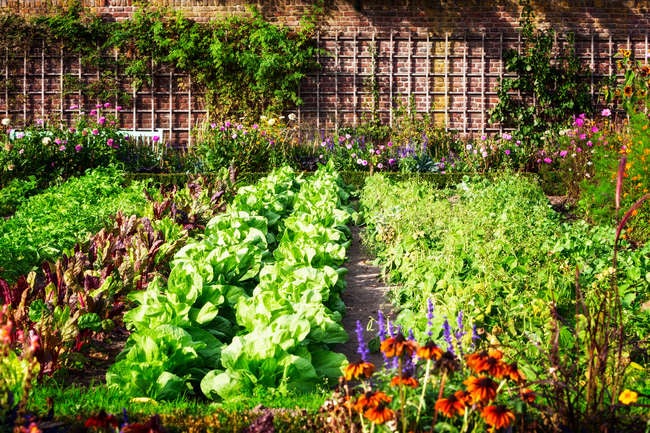

We may earn revenue from the products available on this page and participate in affiliate programs. Learn More ›
Home Advice You Can Trust
Tips, tricks & ideas for a better home and yard, delivered to your inbox daily.
Working Together
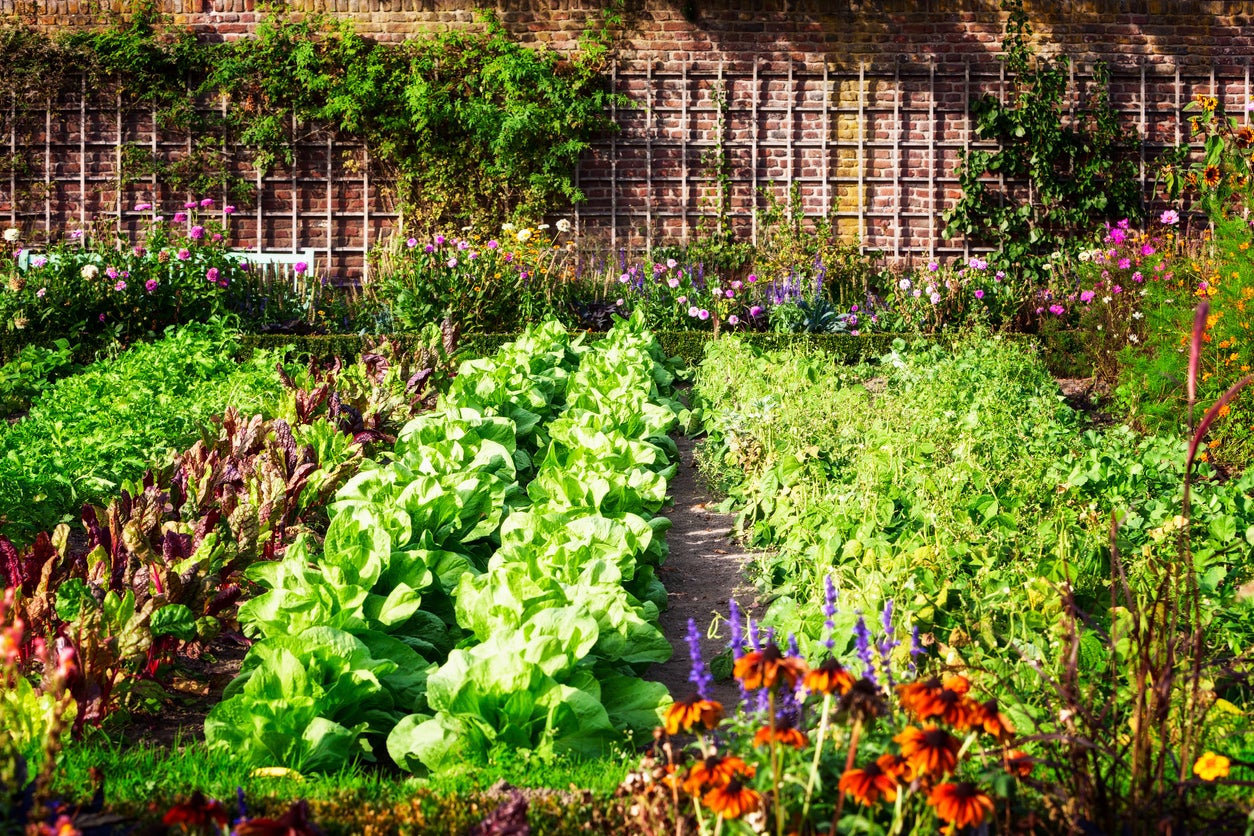
What makes your garden grow? Sunshine, rain, and… teamwork!
Like with humans, plants can have various types of relationships with one another. Some might support nearby plants, while others bully. Those that support—companion plants—also are known in the gardening world as “helpmates.” These companion plants often can help each other in the search for nutrients and resources, and they might even keep pests away.
Whether a garden is big or small, these 10 plants often grow better with a helper.
Cucumber
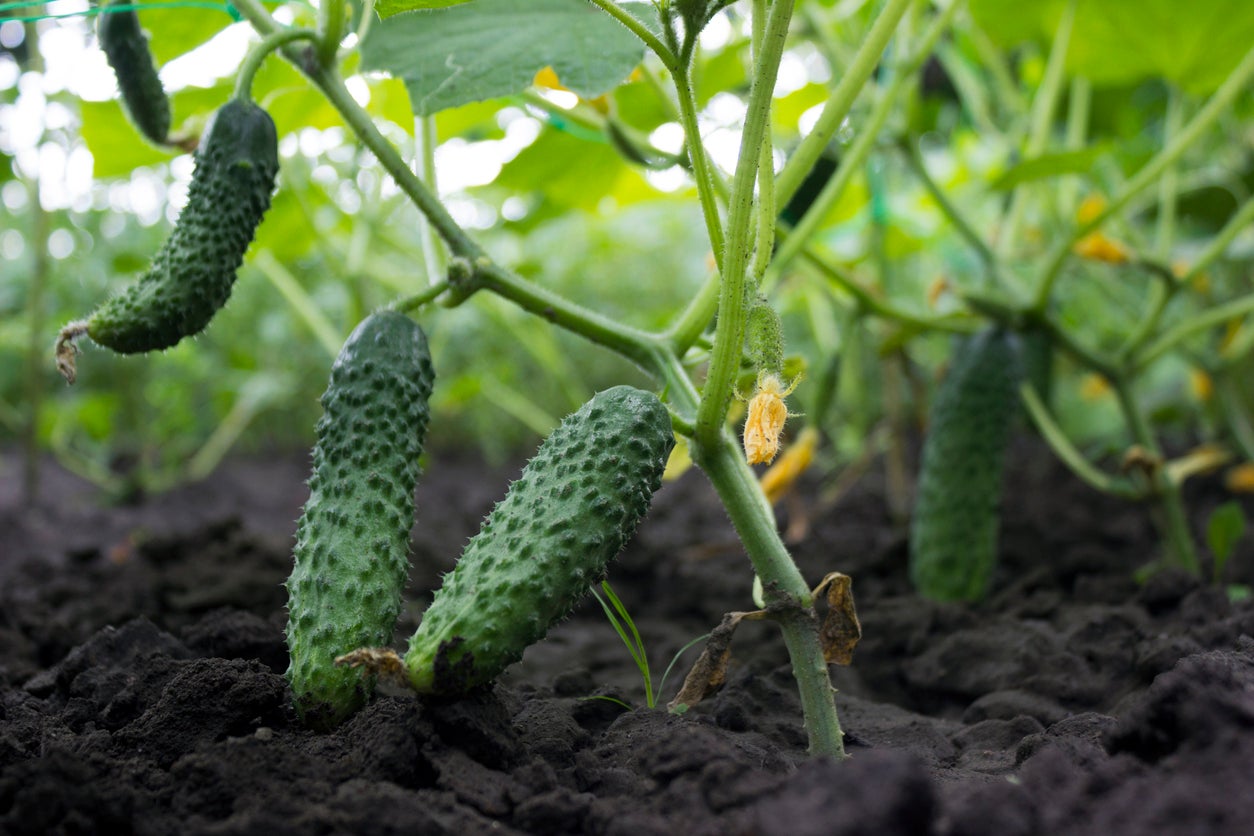
A favorite of many vegetable gardeners, cucumber comes in several varieties and often produces a bumper crop. Common cucumber companion plants include beans, corn, peas, tomatoes, and radishes, plus other vegetables from the cabbage family.
To keep bugs away, plant marigolds nearby, along with oregano and nasturtium. However, be sure to grow sage and basil separately, since those herbs can bully cucumber plants.
Lettuce
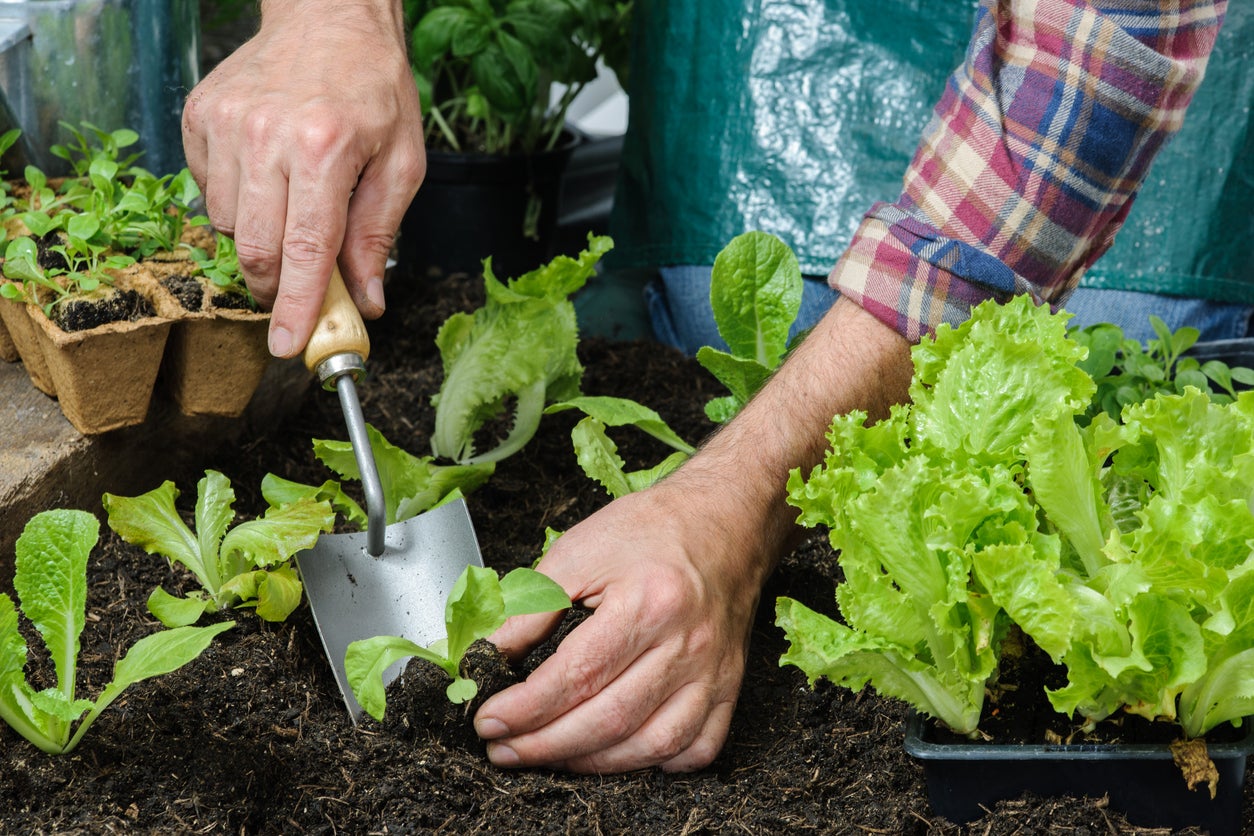
For salad lovers, lettuces—including romaine, Bibb, and loose-leaf varieties—will get a little help from their friends like beets, carrots, onions, and those in the cabbage family. In addition, growing garlic nearby will help deter aphids from attacking lettuce plants.
Peppers
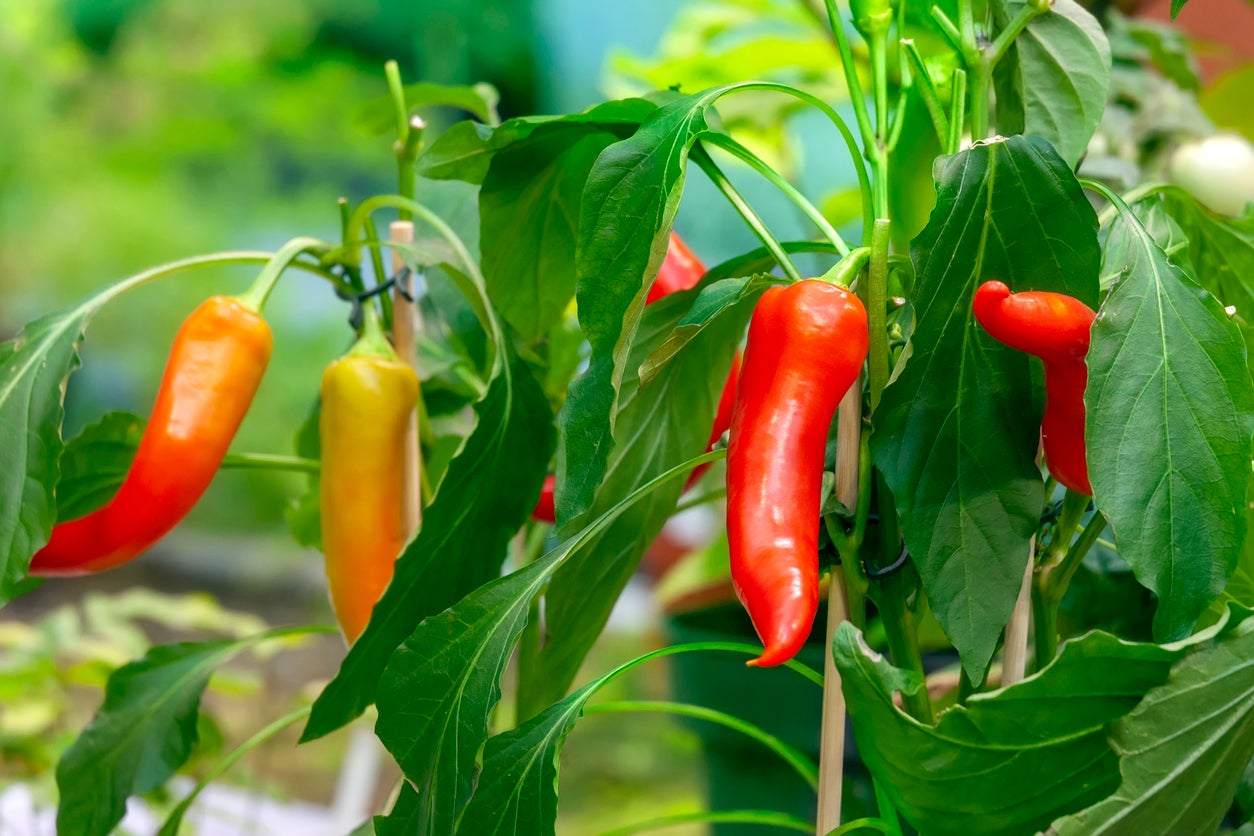
Peppers—whether spicy or mild—do well when grown alongside plants such as carrots, eggplant, onions, parsley, and tomatoes. In addition, try growing your basil plants near your peppers so they work in tandem with one another; basil repels many insects and might even boost the peppers’ flavor.
Potatoes
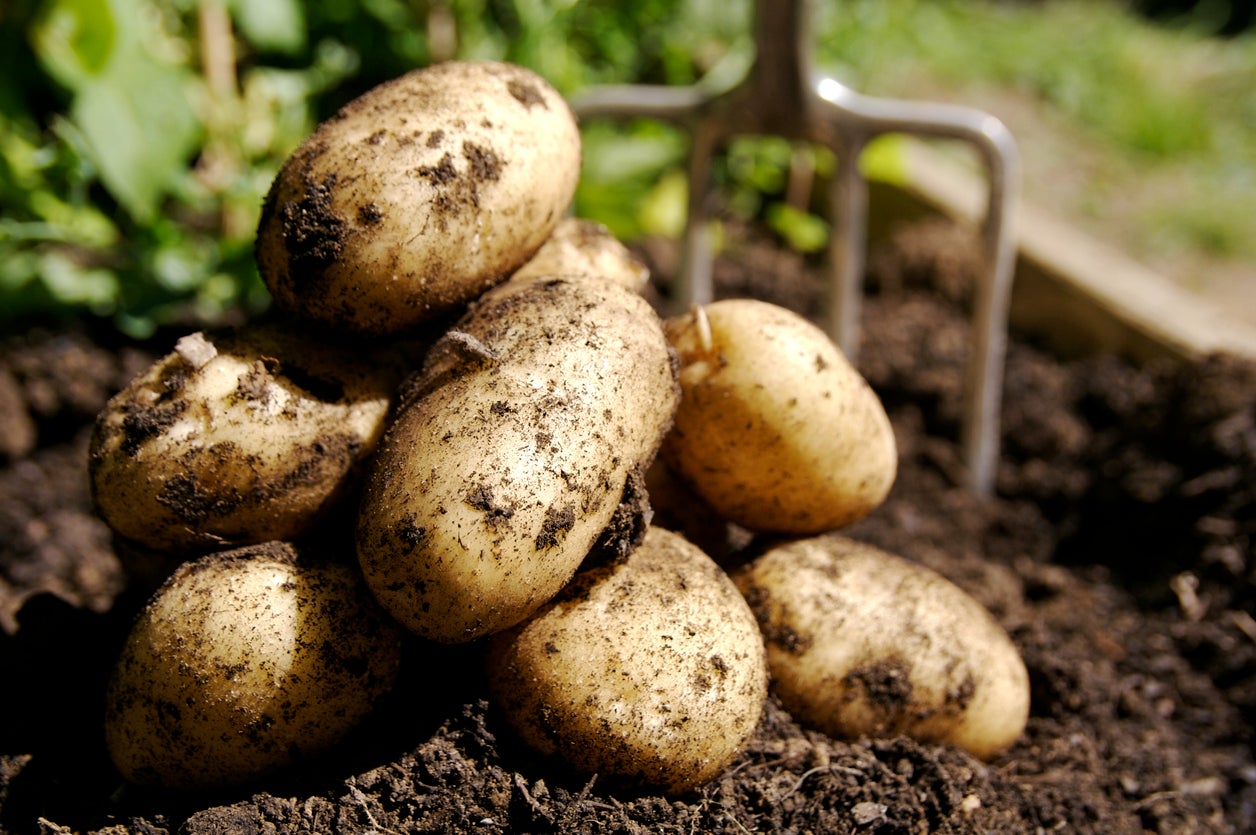
Home gardeners have so many types of potatoes from which to choose, including early, midseason, and late varieties. Potatoes—like most other garden plants—benefit from a few friends when planted close together. Common potato helpers include beans, cabbage family plants, corn, eggplant, and peas. Try growing horseradish at the corners of your potato patch to provide a little extra protection from pests.
Basil
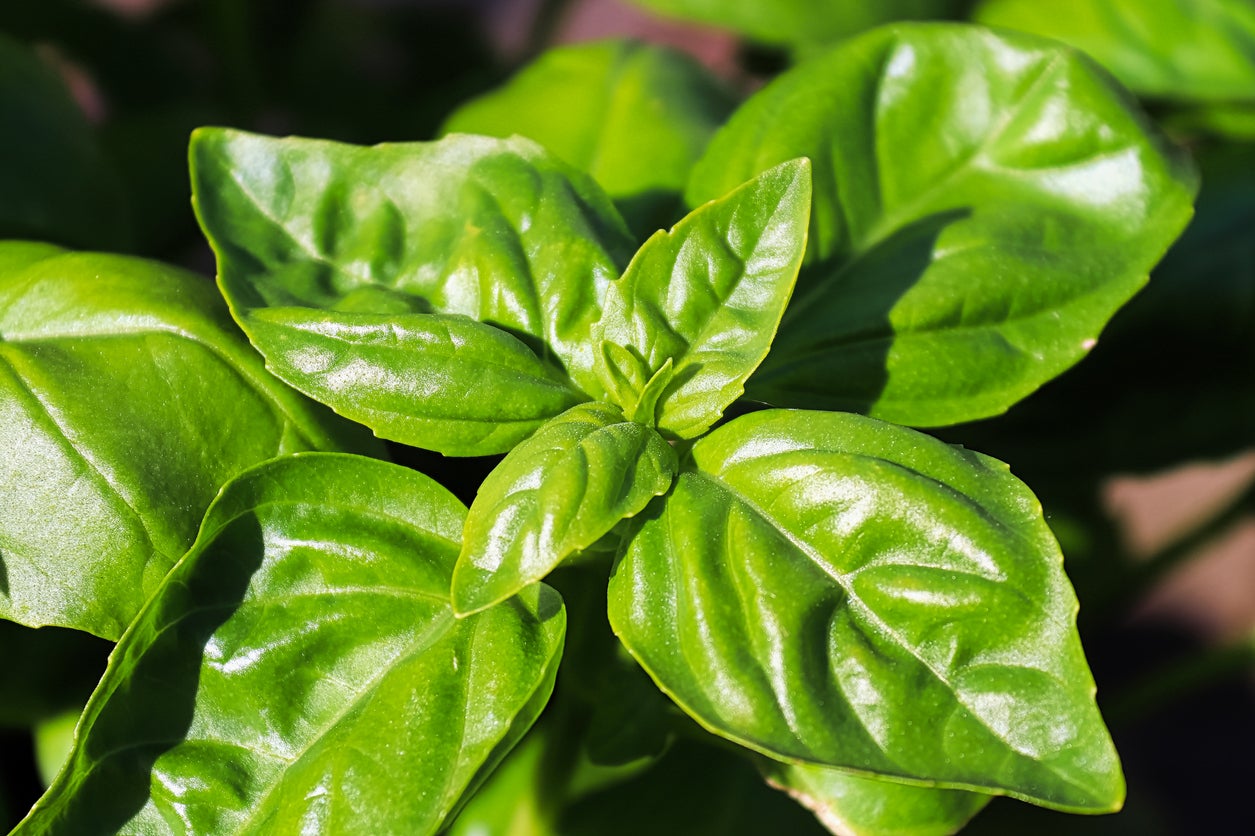
Basil, that favorite summertime herb that goes well in so many dishes, can grow near most garden crops and is known to improve both the flavor and growth of other crops nearby, most notably tomatoes and lettuce. Plus, for those who like to spend time outside during the summer months, basil can help repel mosquitoes!
Melons
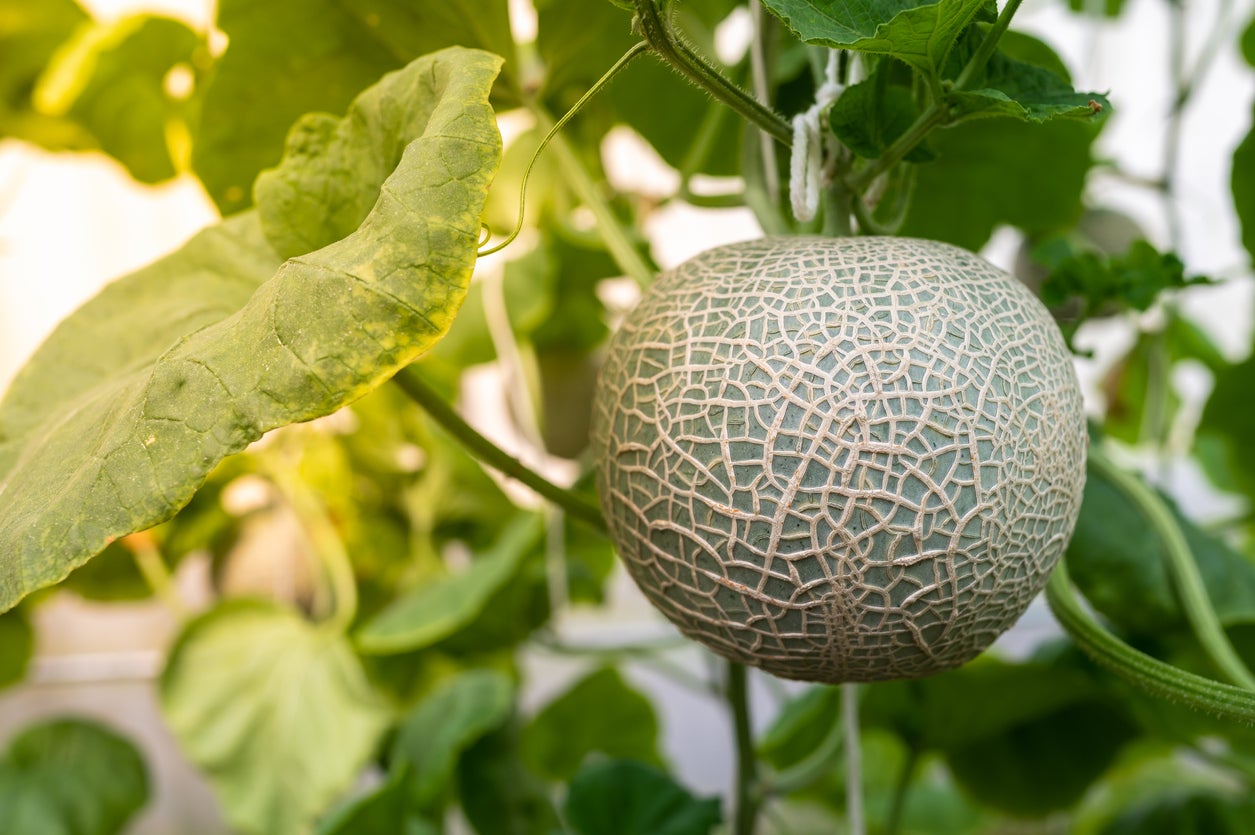
From watermelon to cantaloupe to honeydew—and even new hybrid varieties—melons are a summertime favorite. For those growing melons in their home gardens, try planting them next to corn, pumpkin, radishes, and squash, since these companion plants can support one another during the growing season. You also can plant marigolds and oregano nearby to help keep pests from attacking your melons.
Tomatoes
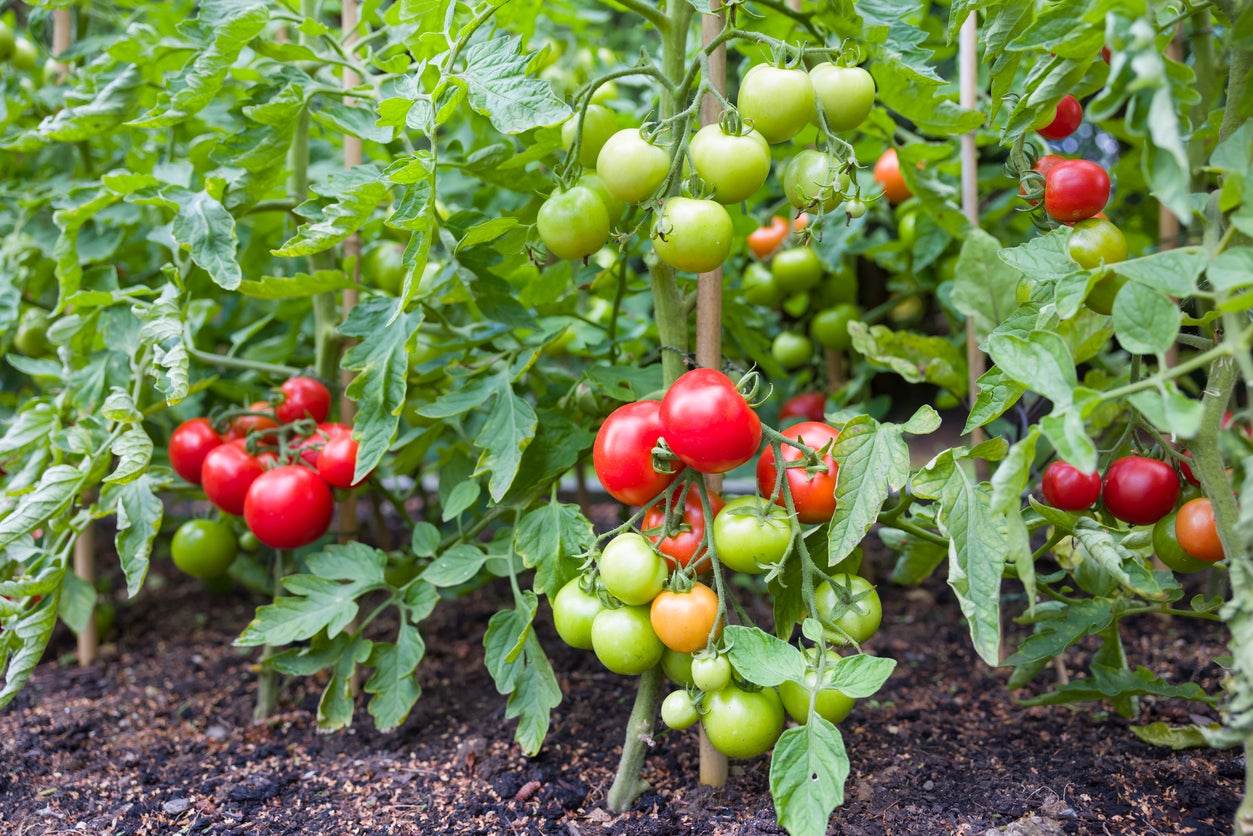
It might come as no surprise, but tomatoes are the most popular vegetable garden plant, according to the National Gardening Association. In fact, nine out of 10 gardeners will try to grow tomatoes each season. Tomato plants benefit from asparagus, carrot, celery, cucumber, onion, parsley, and pepper plants. Planting some herbs such as basil, dill, chives, and mint nearby will also help repel insects, improve flavor, and boost overall growth and health.
Squash
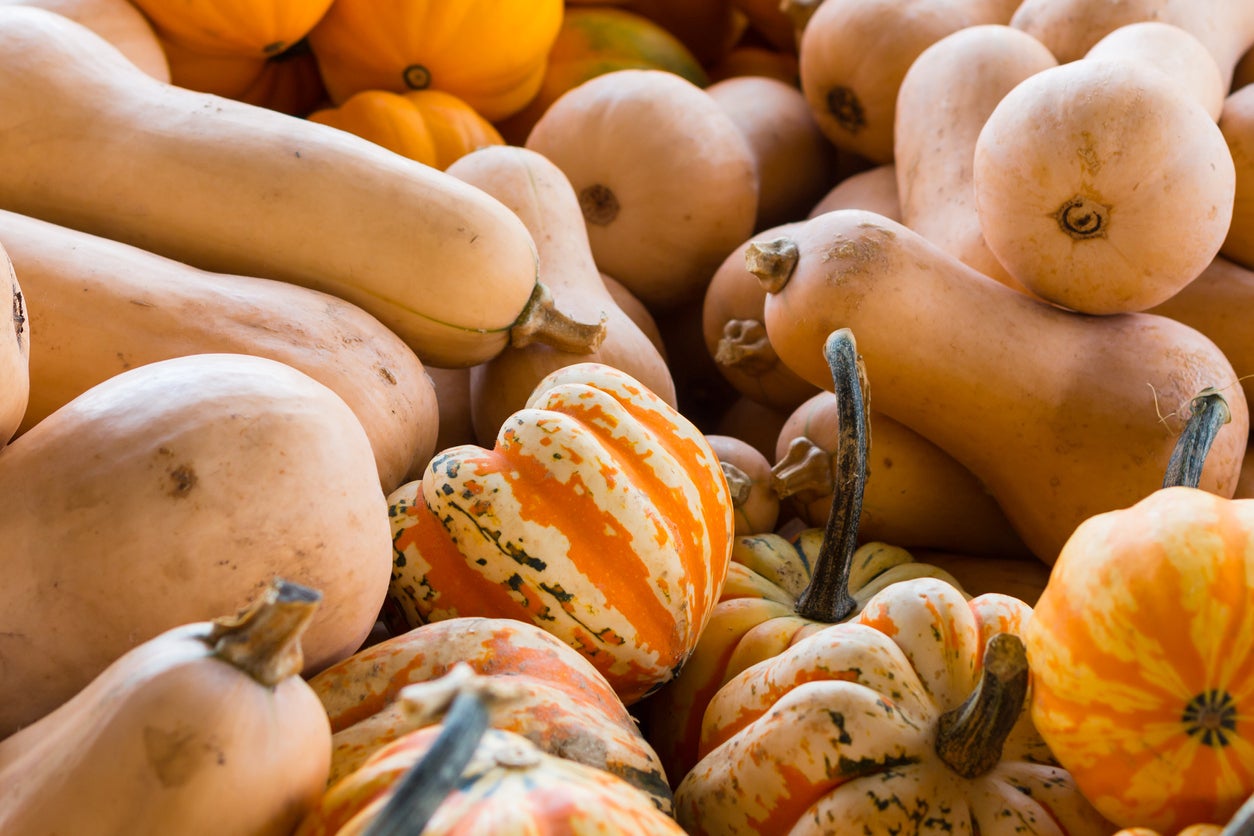
For those who like to grow squash—whether butternut, carnival, or any of the several varieties available—consider growing corn, melon, or pumpkin nearby as helpers. Marigolds and oregano will also help cut down on pests while borage will help with growth and flavor.
Beets
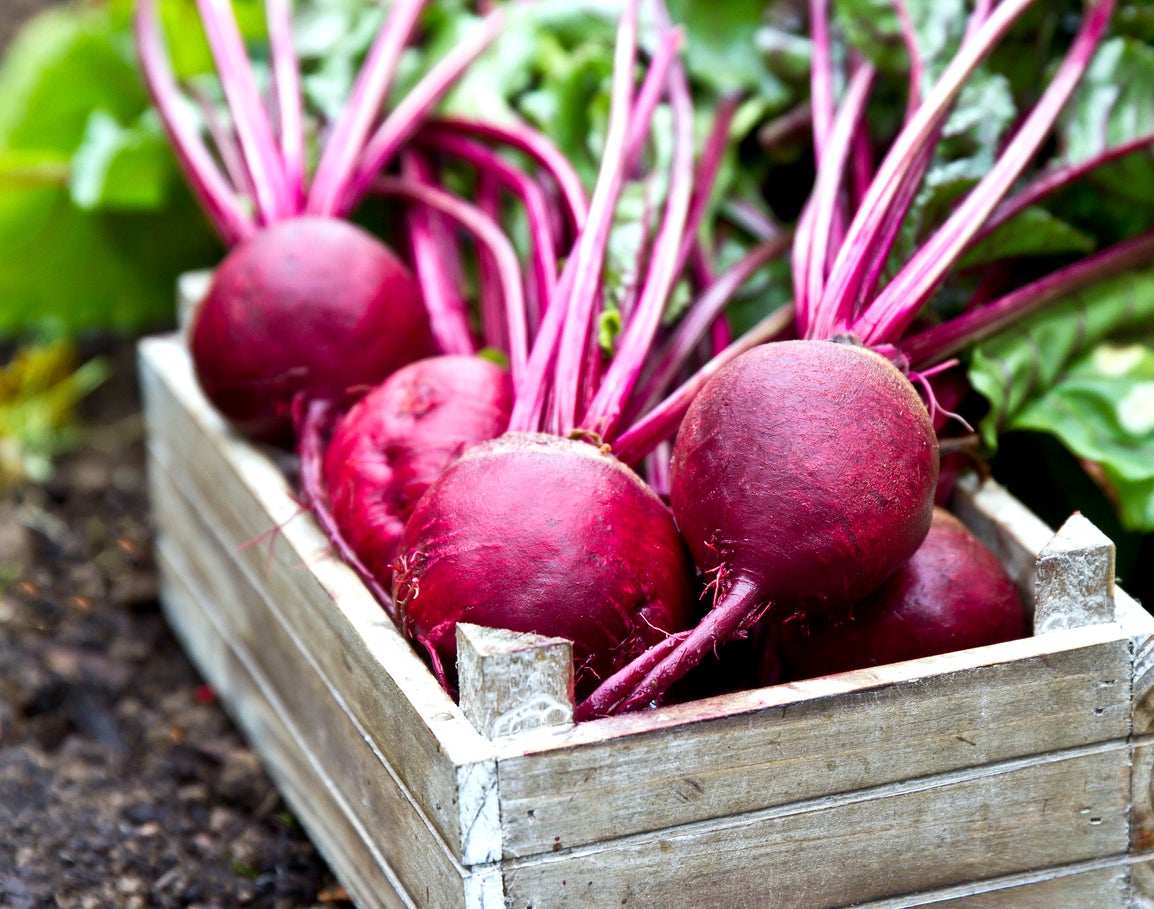
Beet growers take note: Easy-to-grow beets will benefit from plants in the cabbage family, along with carrots, celery, corn, cucumber, and even strawberries. In addition, garlic is known to improve both the growth and flavor of your beets, whether the beets are traditional red, yellow, or striped varieties.
Carrots
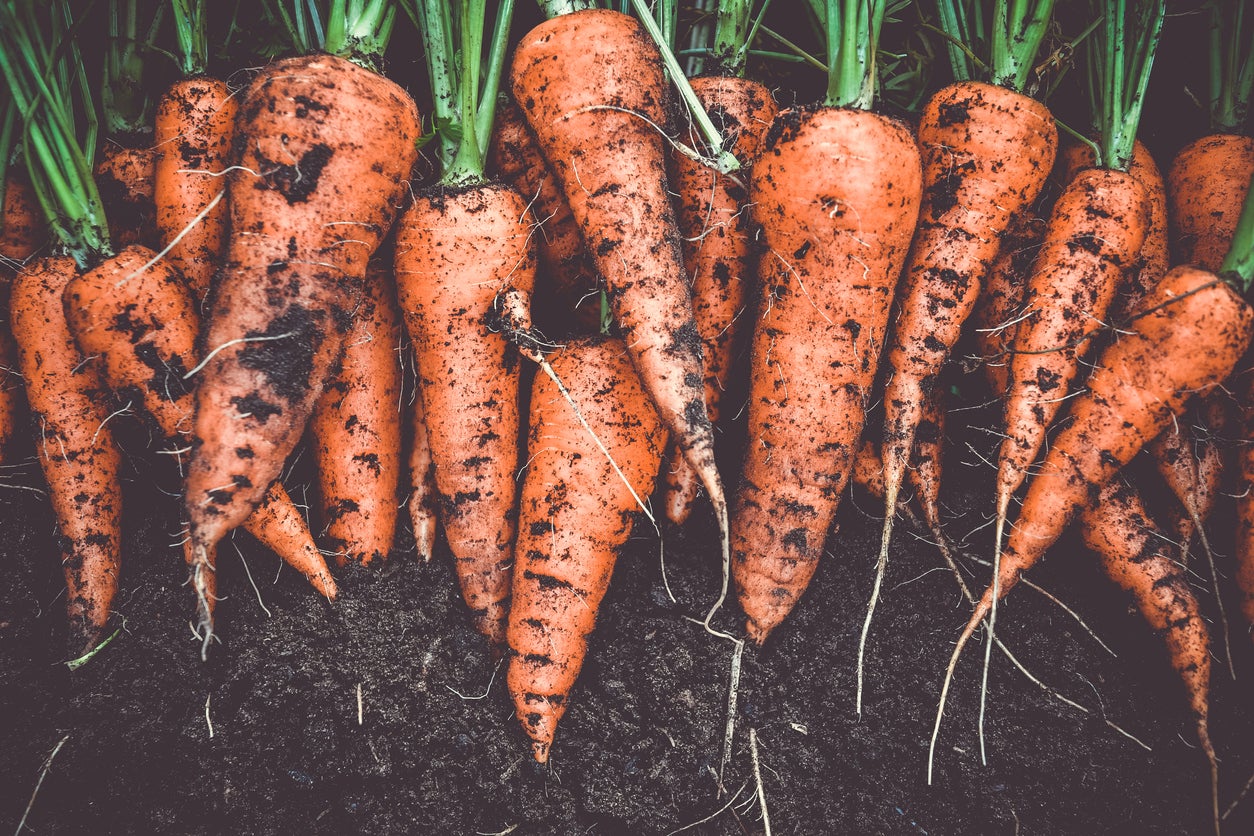
Whether grown in the spring or fall, carrots benefit from several plant companions. Plant carrots near cabbage, leeks, lettuce, onions, chives, and peas. Onions can pull double-duty when grown next to carrots since they’ll support one another in growth and onions will help keep away pesky carrot flies.

Meet the 2025 Tools of the Year
After months of scouring the market and putting products through their paces, we’ve named the best of the best in new tools. There’s something for everyone, from veteran pros to average Joes.